Scuba diving in Canada’s flattest province, you might wonder? It certainly can be done.
Saskatchewan may be coined as the prairie wheat-growing province, but there are more than puddles to be explored in this landlocked place.
Lake Diefenbaker is a 225 kilometer (140 mile) long reservoir and bifurcation lake. It was formed by the construction of the Gardiner Dam and the Qu’Appelle River Dam across the Qu’Appelle Rivers from 1959 to 1967. The lake is named after John G. Diefenbaker, one of Canada’s former prime ministers.
Though not a naturally occurring lake, Diefenbaker is currently the largest body of water in southern Saskatchewan. Its shoreline contours approximately 800 kilometers (500 miles). On average, the lake depth is 66 meters (217 feet), however water levels fluctuate annually by 3-9 meters (9-27 feet).
For scuba diving, Lake Diefenbaker is a top choice among provincial divers living between Regina and Saskatoon. The visibility is not too shabby and the lake is home to 26 native and stocked fish species. Some of these include burbot, walleye, pike, whitefish, trout, perch, sucker and salmon.
The Saskatchewan Underwater Council (which we had the incredible opportunity of meeting a few leading members) and associated dive clubs have also sunk small powerboats and navigation lines at one of the main training sites for divers to follow.

Greg and Mel’s Beach, also known as Conquest Beach, is a nice coarse sand beach with an easy gradual access to the water. The site is a great recreational site, but also appealing for experienced divers as it descends close to 29 meters (95 feet). If you really swim – you can also reach technical depth levels.
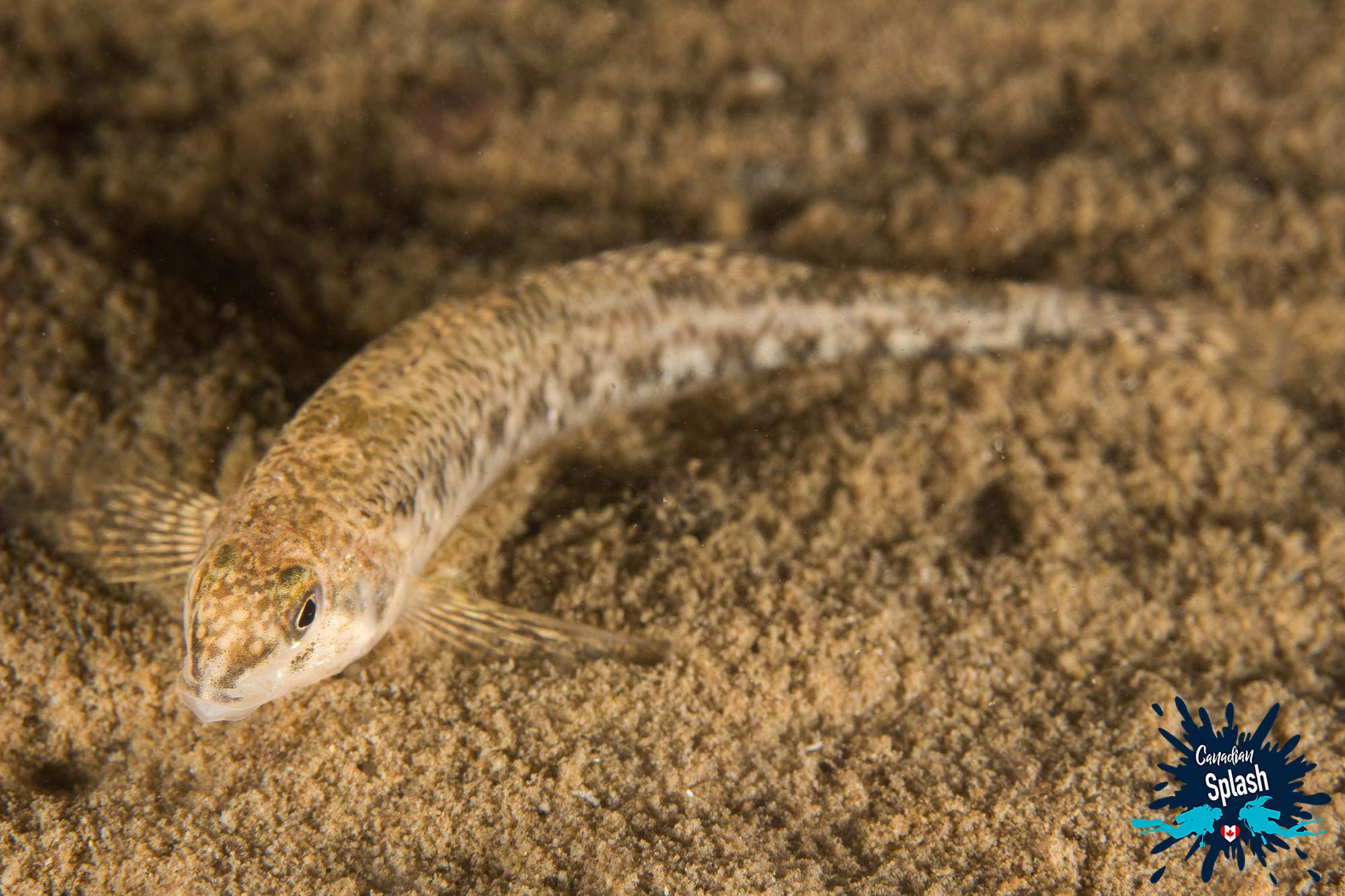
Within the lake, the bottom varies from coarse beach sand to finer sand peppered with weed vegetation. At depth, the bottom is merely fine sand. A short distance from shore there are lines running north to south at roughly 6 meters (20 feet) in depth depending on lake levels. Towards the north of the line, divers can find a hula hoop swim-through course. Heading south the line goes deep to a few small sunken boats with crayfish and minnows.
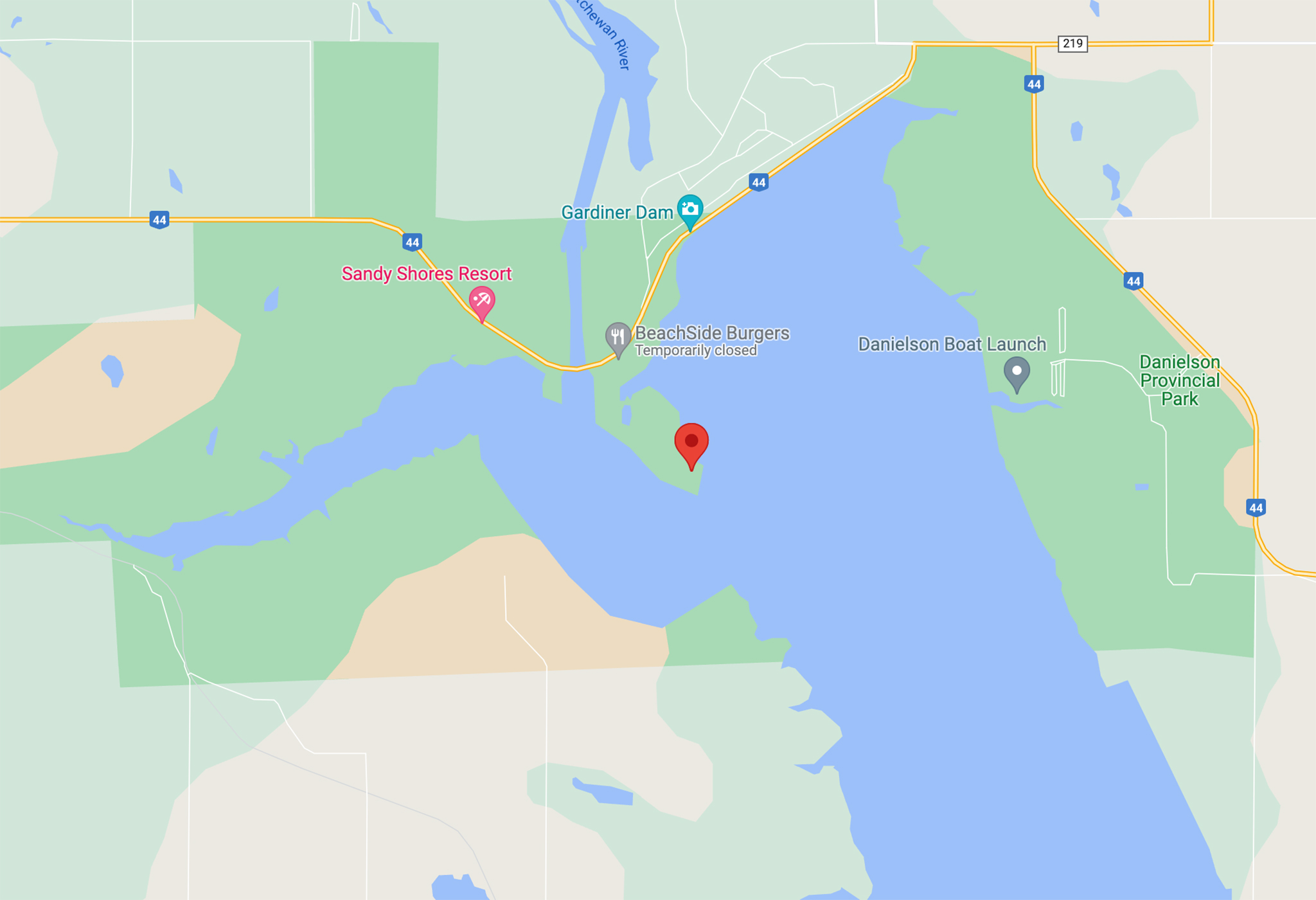
Where to Dive Greg and Mel’s Beach
GPS Coordinates: 51.2505, -106.8685
Address: Coteau Bay Point in Danielson Provincial Park, Cutbank, Saskatchewan
Entry is done at the beach. A dive flag should be towed or secured to the bottom to keep boats away.
The Gardiner Dam is the third largest embankment dam in Canada. The dam stretches almost 5 kilometers long (3.1 miles) and rises up 64 meters (209 feet) high.
The base of the dam (to the north) is the outflow of the dam’s power station. Here EXPERIENCED divers can suit up and ease into the current, enjoying a fast-moving drift dive amid rolling clay dunes. The depth of the Dam Drift is between 2-8 meters (6-26 feet), making it a great shallow second dive.
Important Information: Because of changes at the power stations, water levels in the creek can vary as much as 1 meters (5 feet) in as little as ten minutes. This is important to keep in mind when entering, exiting and diving the water.
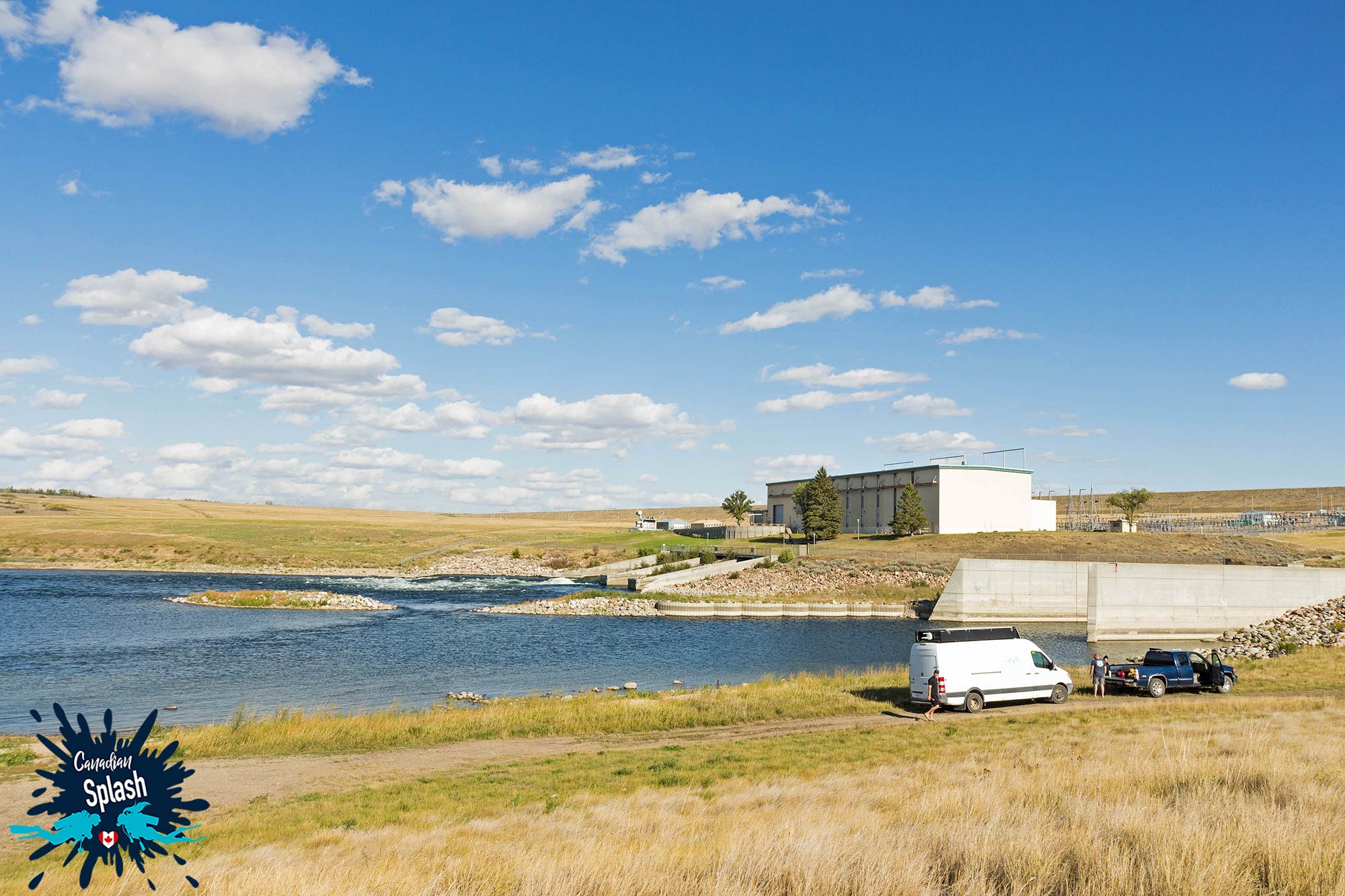
Aside from the hard and soft clay formations that make up the bottom composition, divers can observe long strands of aquatic green plants, snails and the occasional burbot sheltered in a clay corner away from the current. Visibility at this site greatly depends on the time of year and is typically 3 meters (10 feet) in the summer months and 6-8 meters (20-25 feet) in the fall and winter.
After the short drift, if the exit is timed correctly (when the bottom profile dips and current breaks), divers can swim to the entry side of the embankment and float along the creek’s back eddies returning them to or near the starting point of the dive.
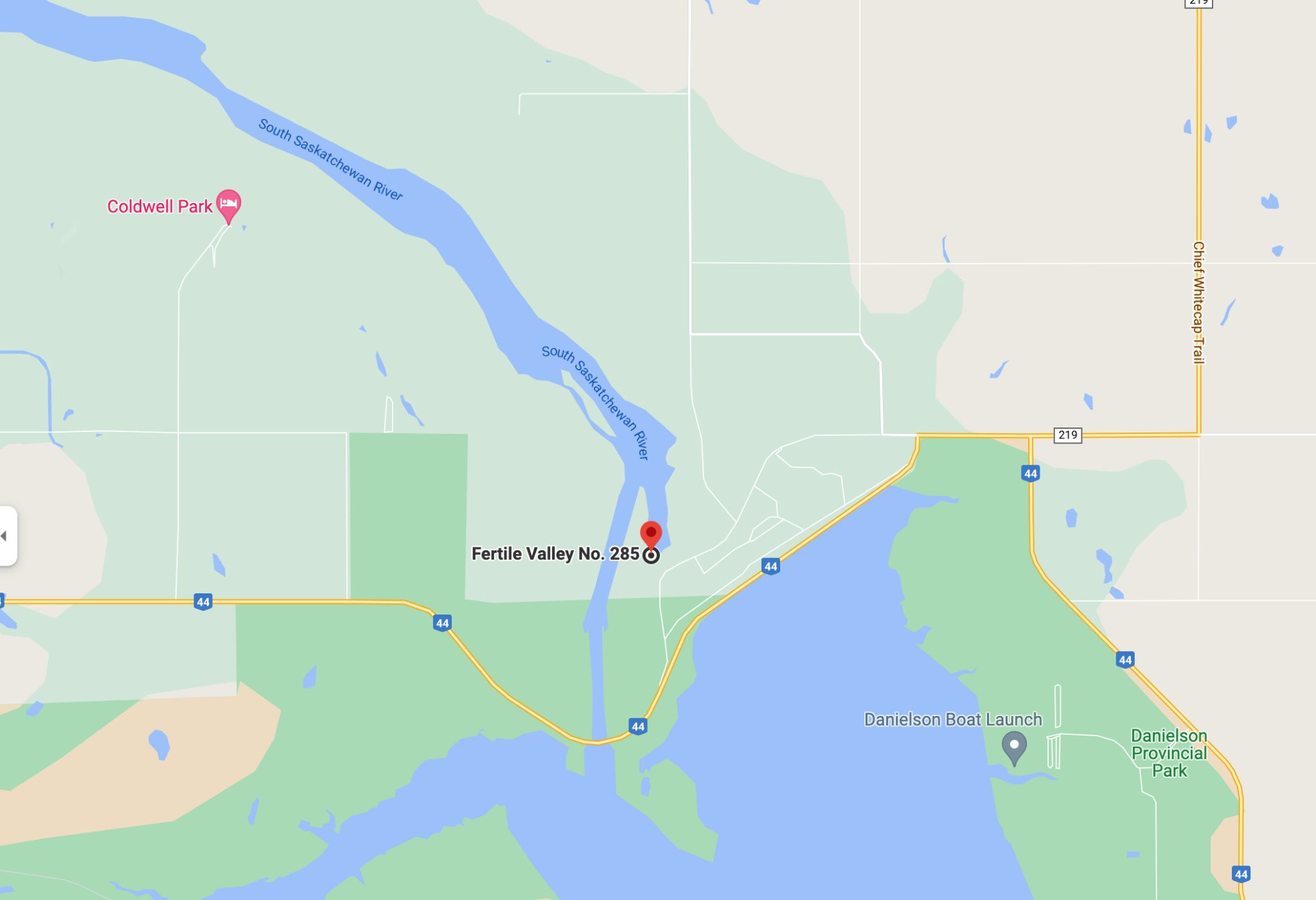
Where to Dive The Dam Drift
GPS Coordinates: 51.27530, -106.87619
Address: Coteau Creek Hydroelectric Station, Outlook, Saskatchewan, S0L 2N0
Drive and park down near the water. To enter the drift swim across to the island chunks in the middle of the river.

From the rustic yellow wheat fields to its flat-as-a-pancake topography, Saskatchewan is a province surrounded by Manitoba to the east, Alberta to the west, the USA from below and the North-West Territories from above. As such, the ocean and the Great Lakes are a long way from this landlocked domain.
Although diving in Saskatchewan is not jaw-droppingly spectacular, getting wet can be done in some of the province’s many lakes. Further to getting wet, if aquatic life is what you seek, timing is everything. The fish life and visibility in Saskatchewan is at its best in the spring and autumn seasons – or so I’ve been told.
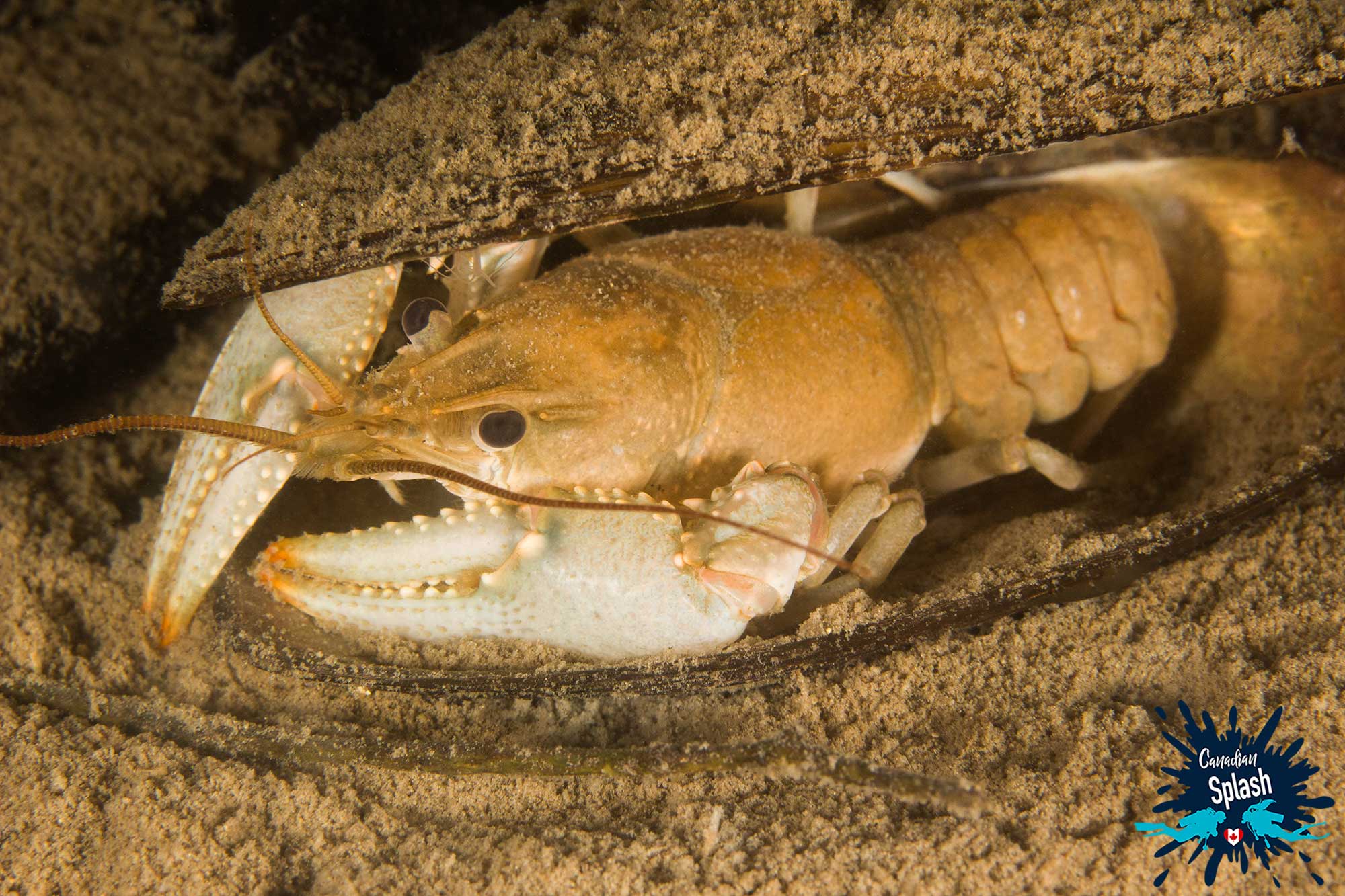
Have you had the opportunity to scuba dive any of Canada’s prairie provinces? If so, what are some of your favourite dive sites and dive clubs?
Writers Note: A special thank you goes out to Brad and Tracy of the Saskatchewan Underwater Council for meeting and giving us the grand diving tour of Lake Diefenbaker. Without their knowledge and expertise of the area, this post would not have been possible.
Additionally, this post may contain sponsored or affiliate links. We will make a small commission if you make a purchase through one of these links, at no extra cost to you. See full disclosure and disclaimer policy here.

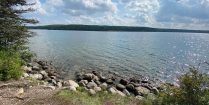
Riding Mountain National Park is an island of wilderness surrounded by a sea of farmland, forest and rippling lakes.
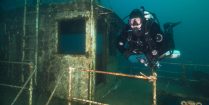
Dive into Ontario's wreck junkie heaven. Tobermory's clear water and abundance of shipwrecks make it one of the top dive sites in Canada and the world.
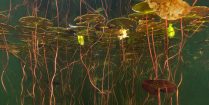
There are more than 200 named lakes across the Temagami region. With the lakes being at the heart of this location's tourism, scuba diving is an activity worth exploring.
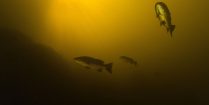
Mattawa is a far cry from wonderful diving, but given the region’s strong connection to its waterways - through the Indigenous people, Voyageurs and logging industry - Mattawa begs to be explored.
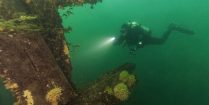
From age-old shipwrecks to lukewarm water, the Saint Lawrence Seaway is considered one of the go-to diving destinations in Ontario.
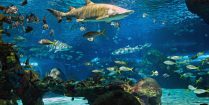
Do you want to try diving inside an aquarium? This unique Canadian location lets you experience scuba diving and up-close animal encounters like never before.

When it comes to getting outside and immersed in nature, Ontario Parks is at the top of the list. Not only do the parks boast magnificent nature, but it's hundreds of thousands of lakes make it a real treat for those who love the water.
